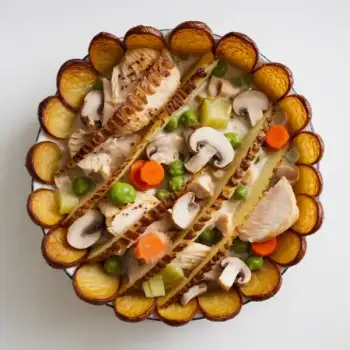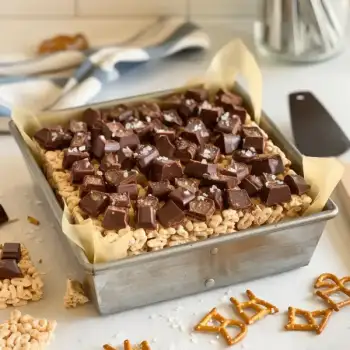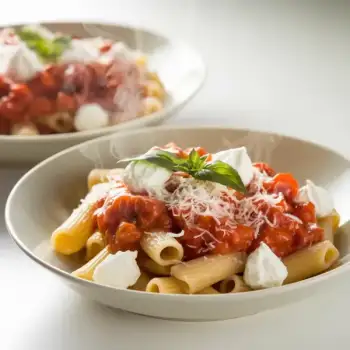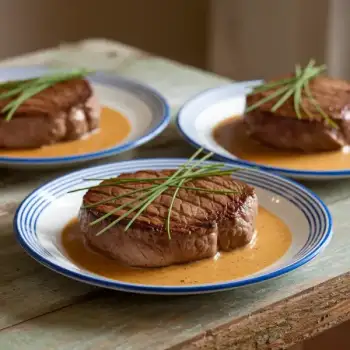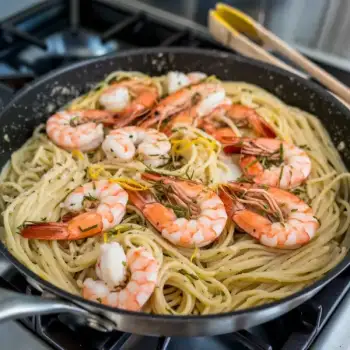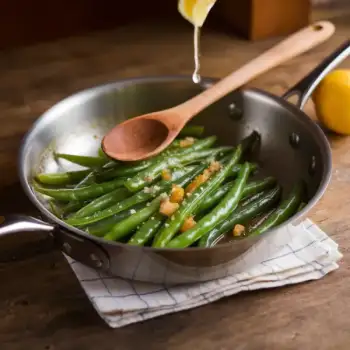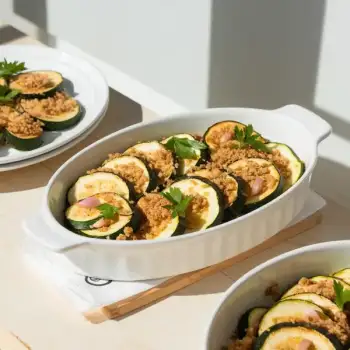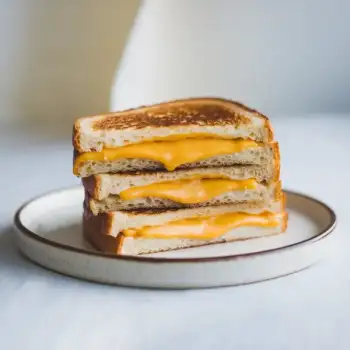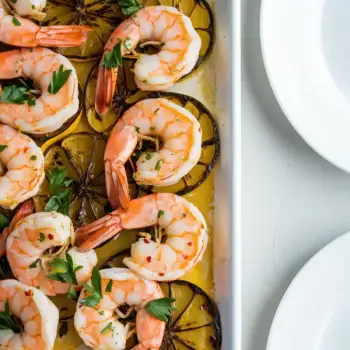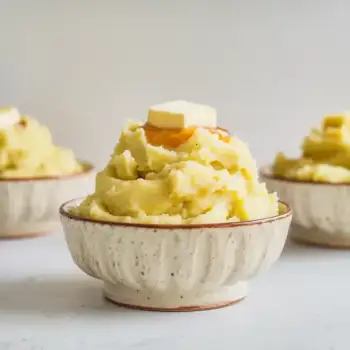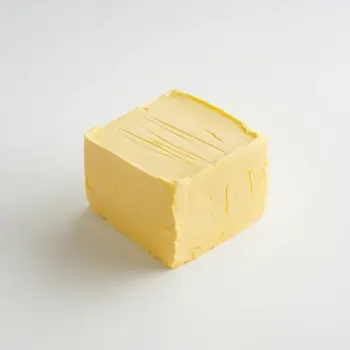


Canned
Garlic stored in a can, typically minced or in paste form, providing long-term storage and ease of use.
Jarred
Garlic preserved in a jar, either whole, minced, or in paste form, offering convenience and a longer shelf life.
Minced
Garlic cloves finely chopped into small pieces, commonly used for even flavor distribution in dishes.
Pureed
Garlic cloves blended into a smooth paste, used to infuse a strong garlic flavor into various recipes.
Roasted
Garlic cloves or bulbs that have been cooked in an oven or on a stove, offering a sweeter, less intense flavor.
Powdered
Dehydrated and ground garlic, convenient for a quick and mild garlic flavor in seasoning blends and recipes.
Fresh bulbs
Whole, unprocessed garlic bulbs, ideal for extracting individual cloves or using whole in roasting.
Pre-peeled cloves
Garlic cloves with the skin removed, ready for immediate use in cooking or further processing.




garlic powder: McCormick
jarred garlic: Spice World
minced garlic: Spice World
fresh garlic bulbs: Christopher Ranch

Browning: Browning butter involves melting it over medium heat until the milk solids turn golden brown and the butter emits a nutty aroma. This technique is perfect for enhancing the flavor of pastries, sauces, and even vegetables.
Clarifying: Clarified butter is made by melting butter and allowing the milk solids to separate from the fat. The clear fat is then skimmed off, resulting in a higher smoke point, making it ideal for sautéing and frying.
Emulsifying: Butter is often used to emulsify sauces, such as hollandaise or beurre blanc, to create a smooth, creamy consistency. The key is to whisk cold butter into a warm liquid until it's fully incorporated.




